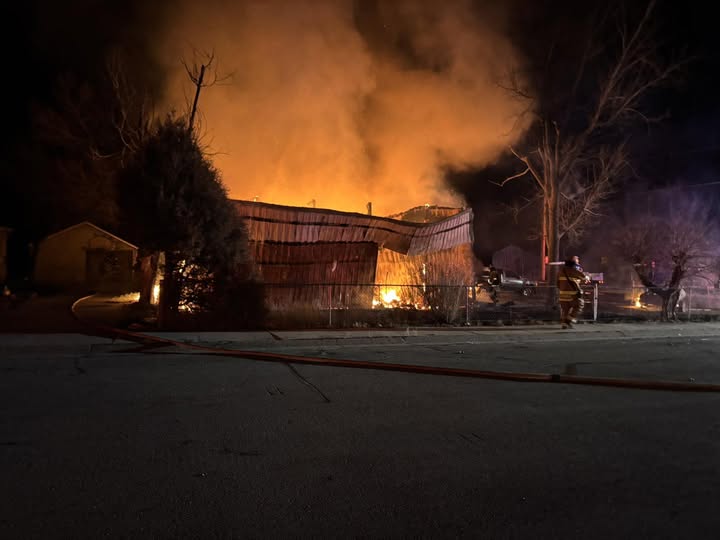PIERRE, S.D. — Among recent rulings by the South Dakota Supreme Court was a decision to uphold circuit court decision against the storefront refurbishing of a Deadwood business.
The state’s highest court said the Deadwood Historic District Commission didn’t err in rejecting an application to change the exterior appearance of the Gunslinger Saloon, according to the South Dakota Supreme Court.
The owner, Harlan Kirwan, wanted to put vertical slats of rough-hewn pine on the front of the building built in 1879. But Deadwood’s historic preservation officer Kevin Kuchenbecker recommended denying the request since the plan didn’t adhere to the ‘look’ of buildings constructed after 1875 in Deadwood.
Kirwan appealed the commission’s decision, but Circuit Judge Michelle Comer upheld it. Kirwan then appealed to the Supreme Court. Justice Mark Salter wrote the opinion favoring the commission and the judge.
“Kirwan notes that the Commission’s basis for denying his application was that his proposal was ‘incongruous with the historical, architectural, archeological or cultural aspects of the district’ and argues that these stated reasons were not supported by ‘substantial evidence’ and reflected only ‘vague reservations’ about the appropriateness of Kirwan’s proposal,” Justice Salter stated.
But the Supreme Court found no clear error. “The Commission was correctly oriented to the appropriate factors, and its decision denying Kirwan’s application for a certificate of appropriateness is supported by the record,” Justice Salter wrote.
“The transcript from the hearing reveals that the Commission engaged in a substantive review of Kirwan’s application, which centered on his principal claim that using rough-hewn pine on the exterior of his building would advance the historical character of the building. But Kirwan’s bare claim lacked factual support, and the members of the Commission received contrary evidence in the form of photographs and the statements of the historic preservation officer, Kuchenbecker,” the justice continued.
“He (Kuchenbecker) offered an unrebutted explanation that ‘this building was built in 1879, and so the boomtown architecture, the rough sawn lumber storefronts and the log cabins and canvas tents [had] disappeared[,]’ along with his ultimate opinion that Kirwan’s ‘proposal does not retain the characteristics that define this building,” Salter stated.











